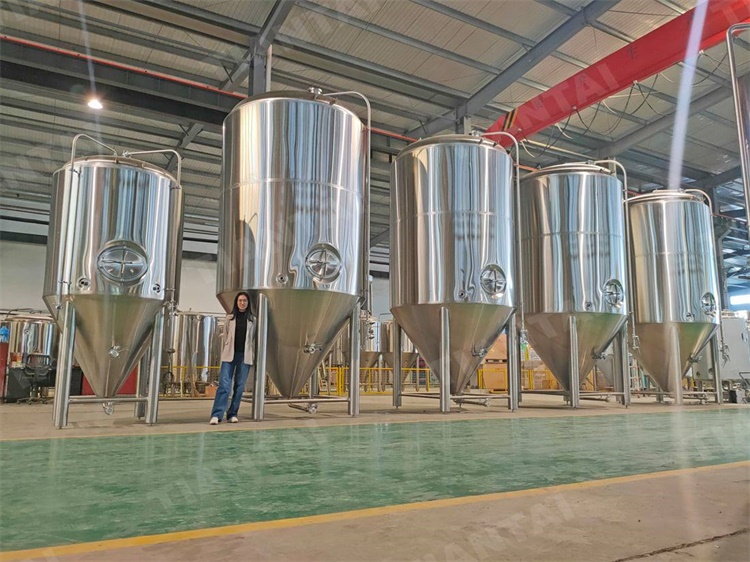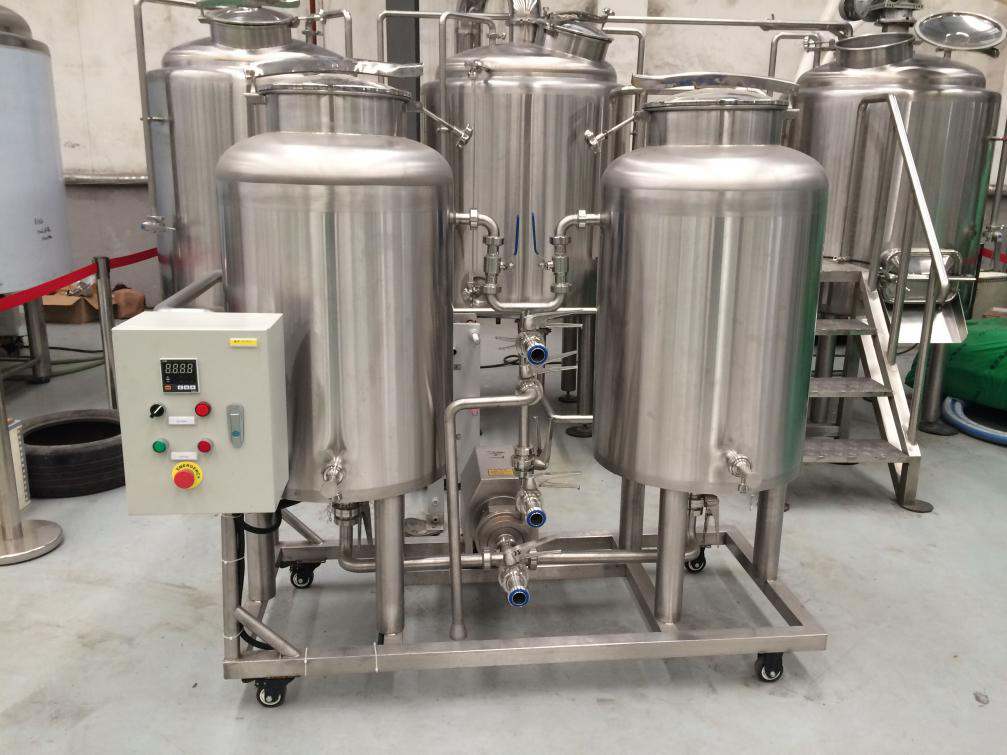What is the function of Wort Grant
When making the equipment, we need to consider more and more about the convenience for brew masters. So now the wort grant is our standard for beer brewing equipment especially commercial beer brewing system.The lauter grant, among the least publicized of the brew-day gadgets, permits access to runoff as the mash is lautered and sparged.
The lauter grant is simultaneously one of the most useful and among the least publicized of the brew-day gadgets. Placed between the lauter tun and the boil kettle, a grant offers brewers valuable information about runoff quality and serves as a handy buffer between grain and wort.
The grant is rarely found in large commercial systems, but it was, at one time, a vital component of most German breweries. It is, in function if not always form, nothing more than an intermediate vessel in which liquid is collected on its way from the lauter tun to the boil kettle. The grant, thus, permits access to runoff as the mash is lautered and sparged. There are a few advantages to such a configuration:
1) In systems that rely on pumps, the grant provides a buffer between the outflow from the lauter tun and the inflow to the boil kettle. This mitigates the potential for a vacuum, which might compact the grain bed and cause a stuck mash.
2) The brewer may take wort samples from the grant with which to conveniently measure the pH of the runoff and avoid over-sparging.
3) Similarly, a brewer can observe wort entering the grant and pump it back to the top of the mash until it has become sufficiently clear to be redirected to the boil kettle.
We have the glass type wort grant for Lauter tun and also the stainless steel type wort grant.
The stainless steel type will have floating ball or level sensor control. When it arrives a lower level, the pump will stop automatically.


In a typical modern grant, wort enters a small cylindrical container through the bottom and is pumped away from somewhere nearer the top. Breweries in the late nineteenth and early twentieth centuries, however, featured elaborate grants that were fed by a long row of copper faucets, each of which drew wort from a different part of the lauter tun. Adjusting each faucet offered brewers precise control of the wort issuing from the tun. Such a grant can still be observed_ in situ_ at Anchor Brewing Company in San Francisco.
ABOVE: The sight glass on the brewhouse at Prost Brewing Company, Denver, Colorado.
The grant has long since given way to the sight glass in most breweries, but it remains a standard feature on many small pilot systems. And most all-grain homebrewers already use a type of grant, whether they know it or not. When you collect the initial runnings in a pitcher, saucepan, bucket, or other vessel as part of the recirculation process called vorlauf,_ _you are, in essence, using a grant.
Enthusiastic homebrewers who want to include a grant in their dream rigs can gravity drain from the mash-lauter tun directly into the bottom of an old stock pot or kettle and pump wort from the upper part of the same. Initial runoff should be pumped back to the top of the grain bed and then redirected to the boil kettle once the wort is free of particulate matter. Frugal homebrewers may, of course, continue to use a pitcher.
Regardless of the path you choose, the grant is an important piece of the nano brewery equpment, allowing brewers to brew clearer, better beer.
Craft brewing equipment now is becoming more and more reasonable design.
Thanks for reading.
Welcome to contact us to inquiry brewery equipment.
Edited by Ivy
[email protected]
www.brewerybeerequipment.com


.jpg)



Get In Touch